Time to see Windows 11 as a transformation accelerator – not a drag on resources
Windows 11 boosts security, efficiency, and digital transformation, urging businesses to upgrade before deadlines.
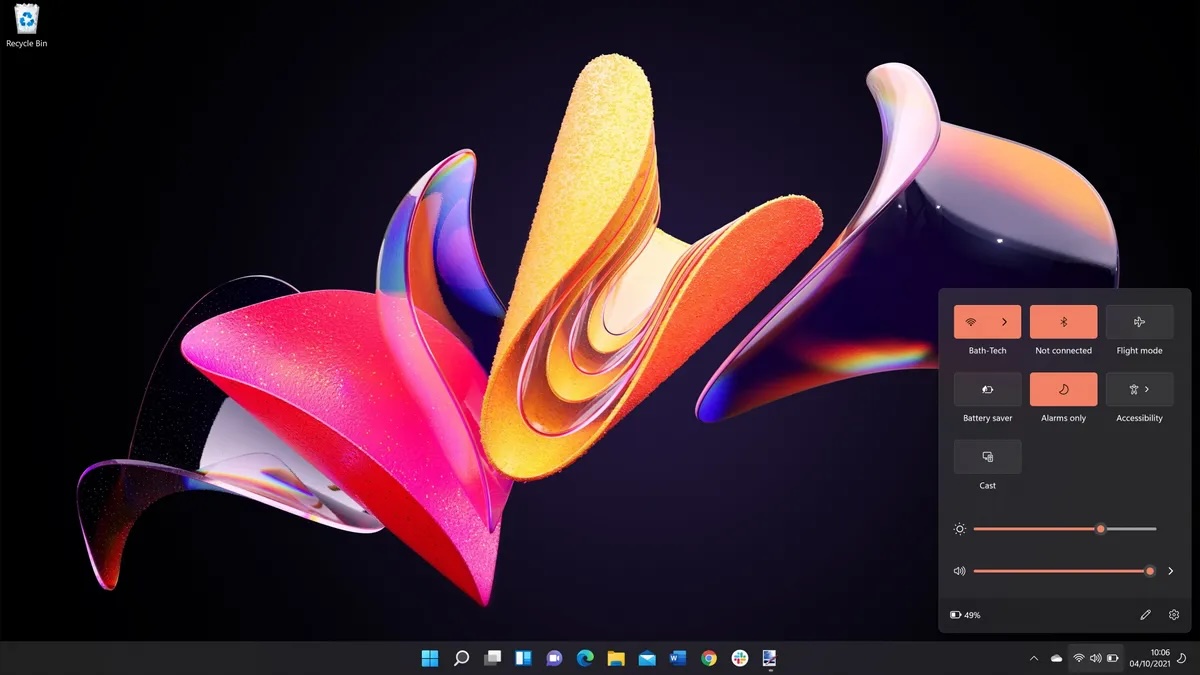
Why is it that so many organizations are still holding back from upgrading to Windows 11-compatible desktop devices when the benefits seem obvious?
While any new system achieves slow uptake in the early months, Windows 11 still only stands at 38% (link) globally, despite having entered the market in 2021. It is likely that companies are postponing upgrades so they can extend the device lifespan for longer, hoping their devices can cope with the new operating system’s demands for more CPU power. But by following this course of inaction, they run some serious risks.
Organizations need to see Windows 11 as less intimidating, troublesome and costly, taking a closer look at new device lifecycle management approaches that can help them achieve a seamless transition. The topic is becoming more urgent by the day as the October 2025 deadline looms when Microsoft will cease free security patching for Windows 10 and start charging for support. Many even predict a shortage of Windows 11 devices in the immediate run-up to the deadline.
Admittedly, in a company with large numbers of devices, it is not just the cost of Windows 11 devices that is off-putting. There is the potential for disruption to business-as-usual, and the drain on the time and resources of IT teams. Working out how many Windows 11 devices are required, which new models are suitable and then negotiating the best deal, is all time-consuming. But it does not end there – each device must be provisioned and set up, which is a major undertaking in an organization with hundreds or thousands of employees.
Remember the security benefits of Windows 11
But it is worth remembering the immediate benefits of an upgrade to Windows 11 – especially in greater security. This is important because of the changing nature of threats and the growth of remote workforces, which offer more potential points of weakness. Windows 11 devices are more secure through the use of TPM 2.0 processors to provide a constantly-active authenticator, guarding against remote tampering or malware infection.
The Secure Boot feature means start-up times are also faster to prevent rootkits and boot-time malware. Microsoft claims its out-of-the-box security features such as credential safeguards, malware shields and application protection have led to a 58% (link) fall in security incidents and that firmware attacks have fallen by more than a factor of three.
Ignoring these security benefits is ill-advised for UK companies because it will put their Cyber Essentials certification at risk, with significant consequences for their reputations among potential partners and customers. In many public sector organizations, loss of certification is a serious compliance failure.
AI and streamlined efficiency in Windows 11
The efficiency gains triggered by a Windows 11 upgrade come from the use of AI-powered solutions and features. The central in-built tool is Microsoft Copilot, based on the GPT4 large language model. The benefits include search-acceleration and automated content drafting, with greater memory and processing power so that organizations can deploy more sophisticated business process automation and work collaboration platforms.
Delaying adoption of Windows 11 is yet another mistake for maintaining competitiveness. Competing organizations that have made the move are likely to embed greater efficiencies, be more secure, and have more time for strategic work. Under-performing desktop devices also lead to dissatisfied and frustrated employees.
Organizations must acknowledge that older operating systems use more energy and are slower. In the health sector, reliance on out-of-support devices is simply too dangerous, putting patient security and care delivery in jeopardy.
The digital transformation opportunity is here
Rather than fall behind, companies seeking digital transformation should step back and use the end of support for Windows 10 as the ideal opportunity to review how they can upgrade their IT infrastructure.
To do this effectively, organizations in the public or private sectors alike need to rethink how they approach device lifecycle management. In doing so, it’s important to work out what each staff member in the business needs to be more productive in their role, which ensures optimal performance without unnecessary expenditure. Discovery tools will also inform organizations where they have legacy applications, probably custom-built, that need adaptation to work effectively with Windows 11.
They’ll need to conduct technology audits, involve all relevant internal stakeholders and match device-provision to the organisation’s aims and resolution of pain-points, setting a timeline, if required, for quantifiable outcomes. This is something that can be helped by drawing on the objective expertise and skillsets of third-party providers, which also saves time for in-house staff while ensuring employees have the most current device they need.
The requirement for Windows 11 upgrades is upon businesses now as a major opportunity to accelerate digital transformation. Instead of having to extend device lifespan beyond its optimal performance, organizations should acquire higher-performing technology as soon as they can. Windows 11 will make them more secure, more agile, competitive and ready for the future.
We've featured the best productivity tool.
This article was produced as part of TechRadarPro's Expert Insights channel where we feature the best and brightest minds in the technology industry today. The views expressed here are those of the author and are not necessarily those of TechRadarPro or Future plc. If you are interested in contributing find out more here: https://www.techradar.com/news/submit-your-story-to-techradar-pro




![How AI Use Is Evolving Over Time [Infographic]](https://imgproxy.divecdn.com/YImJiiJ6E8mfDrbZ78ZFcZc03278v7-glxmQt_hx4hI/g:ce/rs:fit:770:435/Z3M6Ly9kaXZlc2l0ZS1zdG9yYWdlL2RpdmVpbWFnZS9ob3dfcGVvcGxlX3VzZV9BSV8xLnBuZw==.webp)
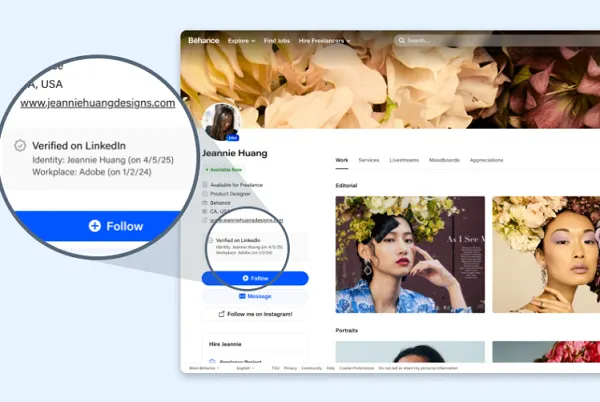


















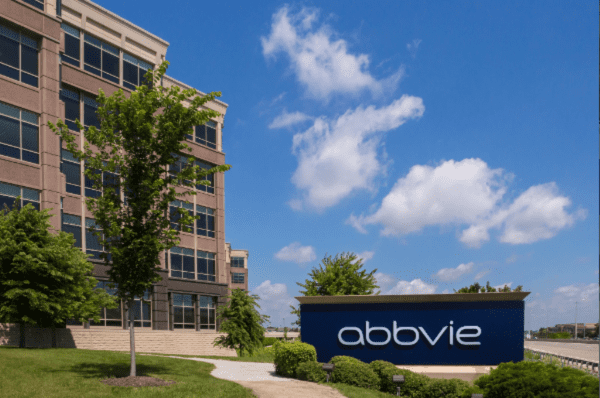




















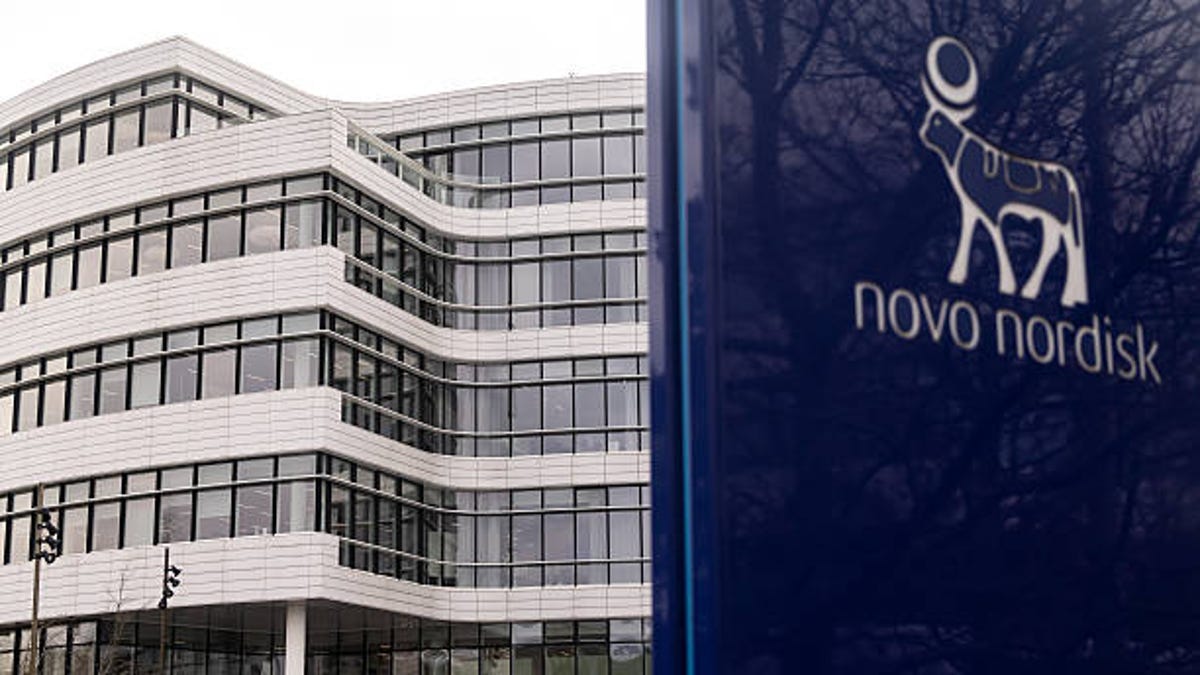








![[Weekly funding roundup April 19-25] VC inflow continues to remain subdued](https://images.yourstory.com/cs/2/220356402d6d11e9aa979329348d4c3e/Weekly-funding-1741961216560.jpg)























































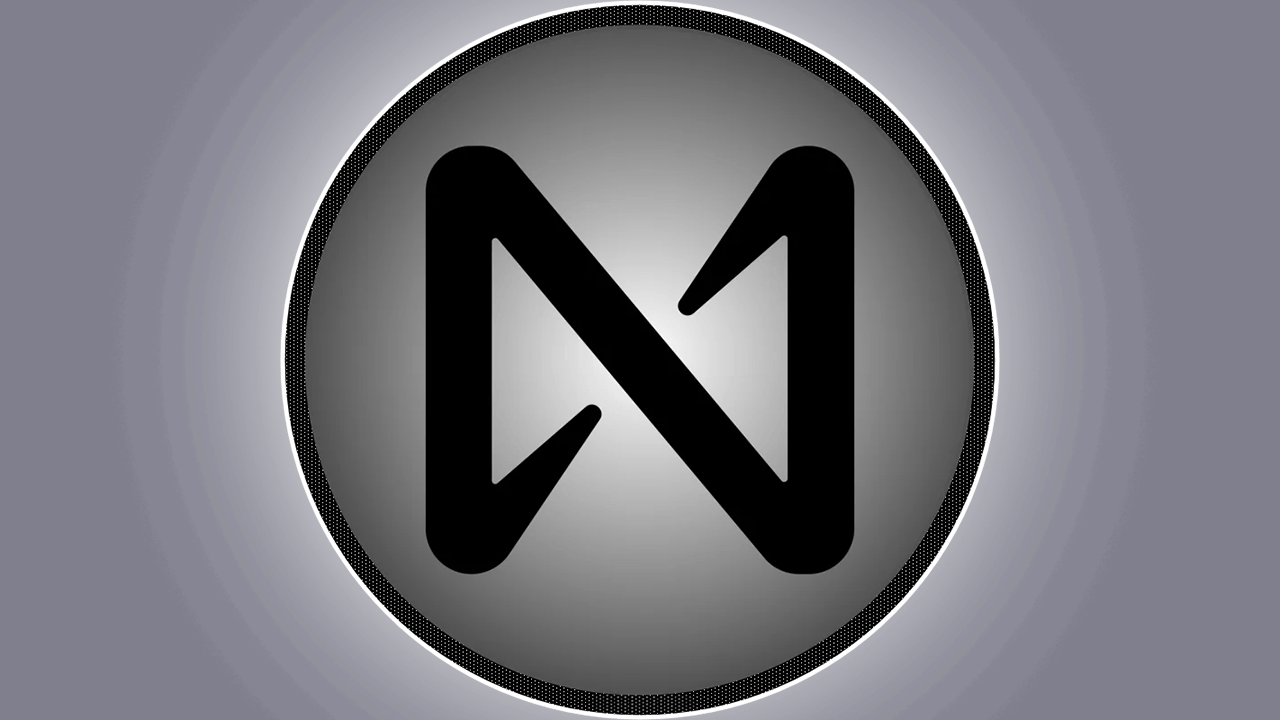





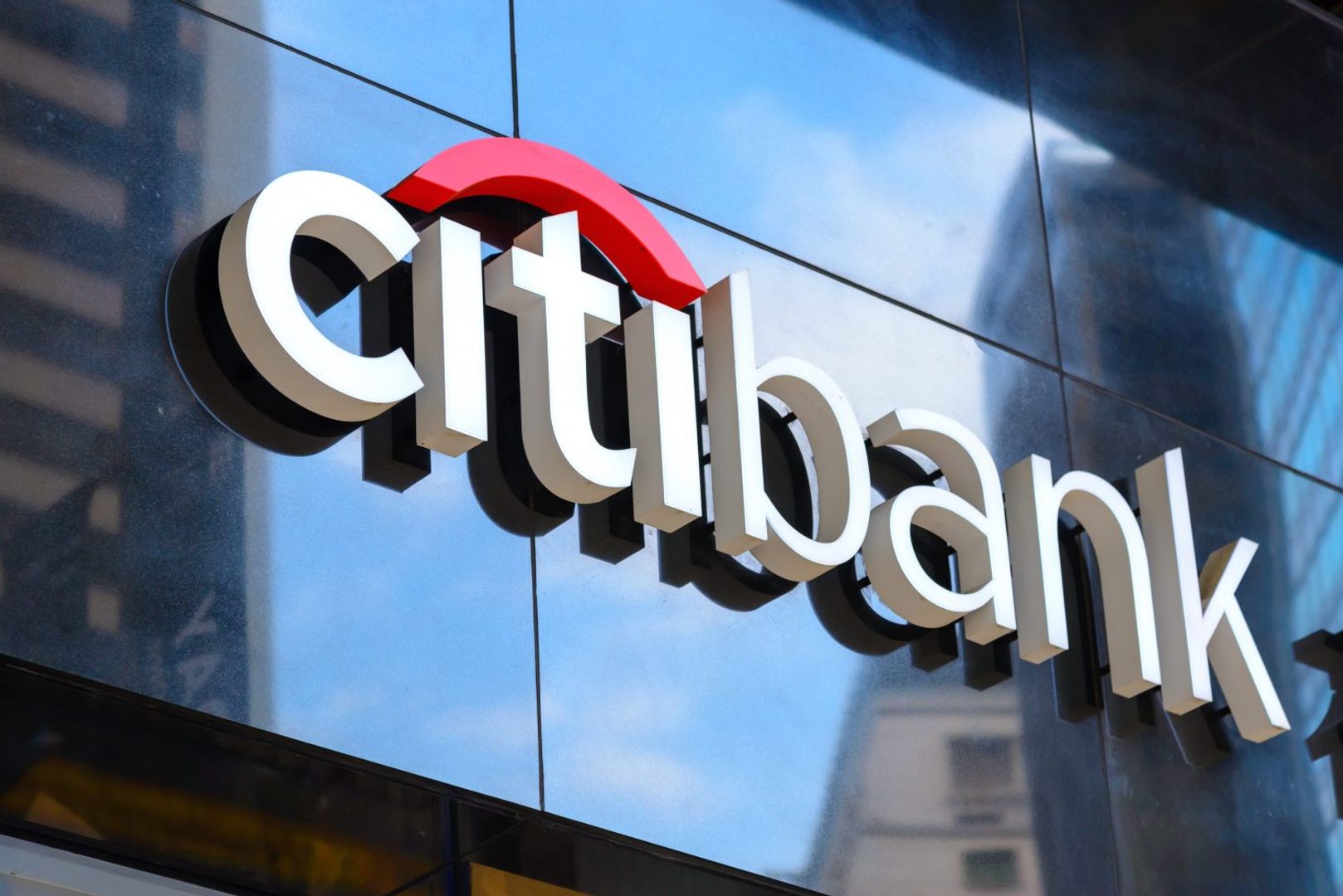












































































![How to Find Low-Competition Keywords with Semrush [Super Easy]](https://static.semrush.com/blog/uploads/media/73/62/7362f16fb9e460b6d58ccc09b4a048b6/how-to-find-low-competition-keywords-sm.png)
